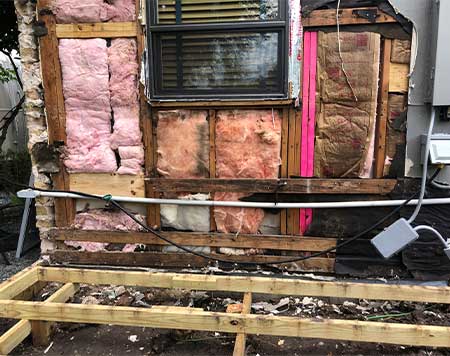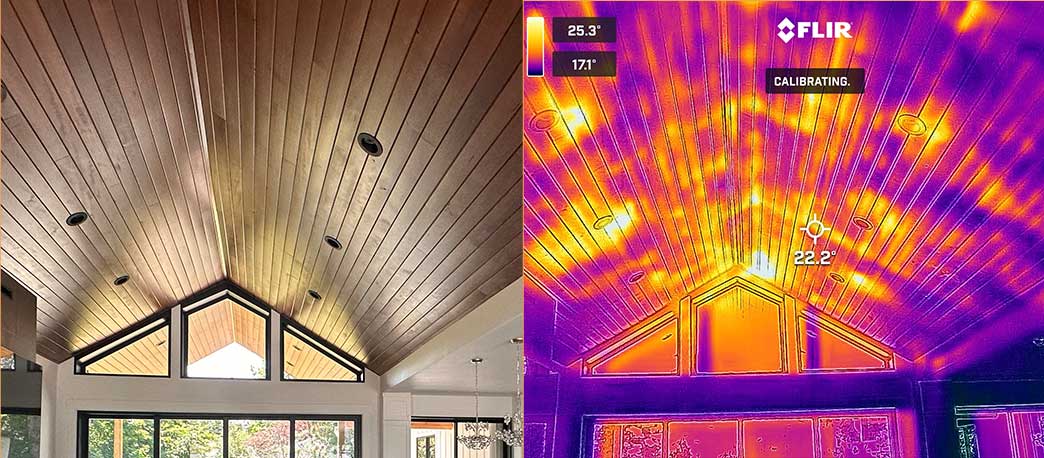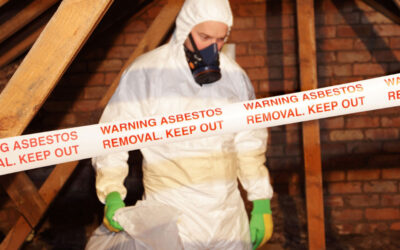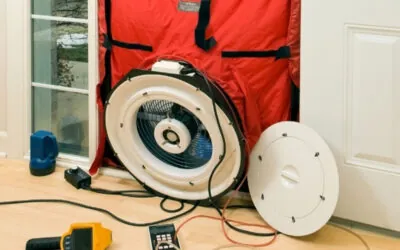Washington summers can bring plenty of sunshine, the occasional humid spell, and more than a few days when keeping your house cool feels like a full-time job. While air sealing your home is often thought of as a winter project, it’s just as valuable in summer. By keeping hot outdoor air out and conditioned air in, you can keep your home cooler, lower your energy bills, and protect your home from long-term wear and tear.
Reducing air leakage is one of the most cost-effective ways to cut cooling costs while improving your home’s comfort and durability. Those little cracks and openings around your windows, doors, and utility penetrations add up. In fact, they would equal leaving a window open year-round. That’s a lot of wasted energy.
With the right air sealing services, your home can stay comfortable and efficient, even on the hottest days.
Eliminating Hot Spots & Cooling Inefficiency
If some rooms in your house feel like a sauna while others are cool, air leakage could be the reason. Common trouble spots include upstairs bedrooms, bonus rooms, or spaces near leaky doors and windows. When you seal air leaks in these areas, your cooling system won’t have to work as hard to maintain consistent temperatures.
Ensuring a tighter building envelope means your cooling systems can distribute comfort evenly without overworking. You won’t have to worry about sweltering hallways or stubbornly warm corners – just steady, even comfort throughout your home.
Reducing Indoor Humidity
Summer air in eastern Washington and North Idaho can carry moisture, and your leaky home lets that humidity inside. Proper air sealing and insulation work together to reduce moisture infiltration, keeping your home drier and more comfortable.
Less humidity means you can avoid that sticky feeling on muggy days, and your AC won’t have to double as a dehumidifier. The result is refreshing indoor air that feels cool and crisp, not damp.
Improving Indoor Air Quality (Allergy Season)
When pollen counts spike in spring and summer, having a tightly sealed home can make a big difference in your indoor air quality. Sealing gaps and cracks keeps pollen, dust, and outdoor pollutants from sneaking in.
Better air sealing also helps limit smoke or smog during poor air quality days, giving allergy sufferers welcome relief. Plus, you’ll enjoy side benefits like reduced noise and fewer outdoor odors creeping inside. These are all key parts of a healthier indoor environment.

Blocking Pests During Warm Months
Summer isn’t just busy for people, it’s the prime season for pests to find their way indoors. Mice, insects, and other critters can squeeze through openings as small as a quarter inch. Once inside, they can cause structural damage and carry germs.
An air sealing service closes these entry points before pests make themselves at home. Whether it’s ants, spiders, or mosquitoes, sealing keeps unwanted guests outside where they belong. This protects both your property and your peace of mind
Preventing Moisture Buildup & Mold
When warm, humid air infiltrates your home’s cooler indoor space, condensation can form on your walls, pipes, or attic surfaces. Left unchecked, it can lead to mold, mildew, and even rot in your framing or insulation.
Air sealing your attic and other key areas helps to stop that moist summer air from creeping in. This not only helps prevent musty odors and health hazards but also protects the integrity of your home’s structure from hidden water damage.
Boosting AC Performance & Lowering Energy Bills
In a leaky home, your AC wastes energy cooling air that escapes, or constantly battles incoming hot air. By reducing air leakage, you help your AC work more efficiently and cycle less often, saving money and extending the life of your equipment.
Pairing air sealing and insulation can make a noticeable dent in your heating and cooling costs over time. The Environmental Protection Agency (EPA) estimates you can save an average of 15% on your heating and cooling costs when you air seal and insulate your home. That’s money back in your pocket and fewer emergency calls to repair an overworked system.
Protecting Your Home’s Structure & Value
Air sealing isn’t just about home comfort; it’s a long-term investment in your property. Limiting airflow helps control moisture, reducing the risk of mold growth and wood rot. This keeps your insulation, drywall, and framing in good shape for years to come.
In today’s market, homes with strong energy efficiency features are more attractive to buyers. Investing in sealing now means less risk of costly retrofits later and a stronger selling point if you put your home on the market.
“Build It Tight, Ventilate It Right”
Modern building science follows one clear principle: build it tight and ventilate it right. Relying on random leaks for fresh air doesn’t work. They can bring too much air or not enough.
The best approach is to keep leaks sealed and use controlled ventilation, such as exhaust fans or energy-recovery ventilators. These will bring in fresh, filtered air. Rather than leaving your windows open on a sweltering day, you can run a ventilating fan or HVAC system that brings in fresh air at strategic times. This way, you can enjoy the benefits of air sealing without sacrificing healthy ventilation.
Summer Is the Time to Seal
Summer is the perfect time for local homeowners in Spokane, Coeur d’Alene, and the surrounding regions to see the benefits of air sealing your home firsthand. Benefits that include cooler temperatures, lower humidity, fewer pests, better air quality, and real savings on home energy costs.
At Specialty Group, we’ve been helping homeowners, builders, and contractors make homes tighter, healthier, and more efficient for decades. Whether you need manual air sealing, blower door tests, or advanced new construction solutions like Aeroseal Envelope and Aeroseal, our team has the expertise and tools to do it right.
Don’t let your cool air slip through the cracks, literally. Contact us today for professional sealing services that will keep your home comfortable, efficient, and protected all summer long.
References
Montana Department of Environmental Quality. (2017, November 3). Energy Code Newsletter. https://deq.mt.gov/files/Energy/Documents/Energy_Code_Newsletter_110317.pdf#:~:text=outside%20air%20with%20mechanical%20ventilation,performing%20ventilation
U.S. Department of Energy. (n.d.). Ventilation. Energy Saver. https://www.energy.gov/energysaver/ventilation
U.S. Department of Energy. (n.d.). Air Sealing Your Home. Energy Saver. https://www.energy.gov/energysaver/air-sealing-your-home
U.S. Environmental Protection Agency. (2005). A Do-It-Yourself Guide to Sealing and Insulating with ENERGY STAR (EPA 430-K-05-003). ENERGY STAR. https://www.energystar.gov/ia/home_improvement/home_sealing/AirSealingFS_2005.pdf#:~:text=Improved%20comfort,of%20comfort%20throughout%20a%20house
U.S. Environmental Protection Agency. (n.d.). Why Seal and Insulate? ENERGY STAR. https://www.energystar.gov/saveathome/seal_insulate/why-seal-and-insulate#:~:text=well,over%20crawl%20spaces%20and%20basements
U.S. Environmental Protection Agency. (n.d.). Indoor Air Quality Protections. ENERGY STAR. https://www.energystar.gov/newhomes/features-benefits/indoor-air-quality-features/indoor-air-quality-protections
U.S. Environmental Protection Agency. (2020, June). Pest entry prevention (EPA 402/B-20/004). Indoor airPLUS. https://www.epa.gov/sites/default/files/2020-06/documents/2019.06_tech_bulletin_pest_entry_prevention.pdf#:~:text=Insects%2C%20rodents%2C%20and%20other%20pests,pests%20outside%20of%20the%20home




